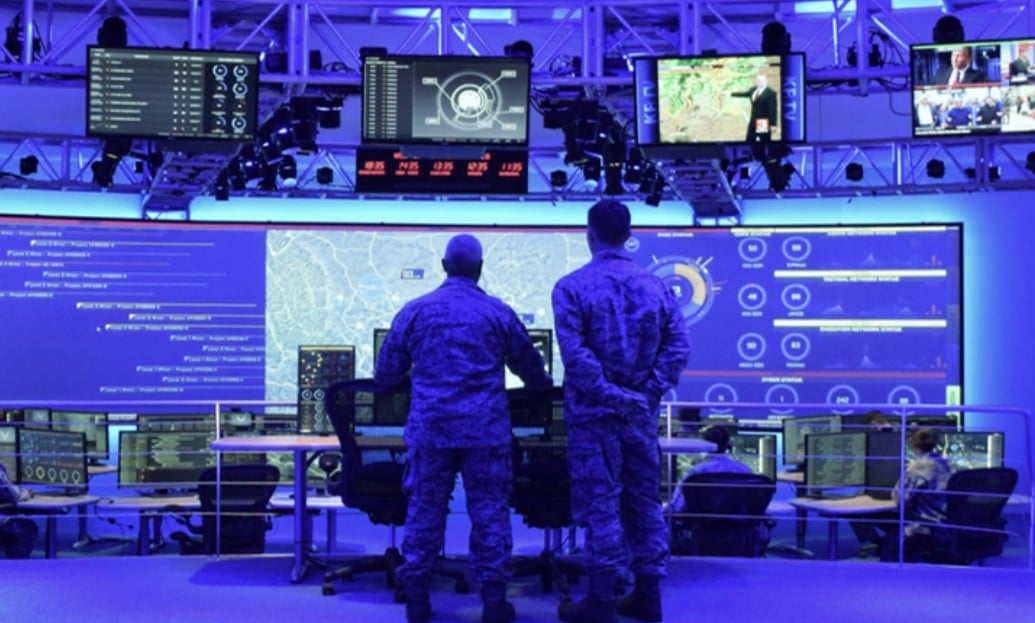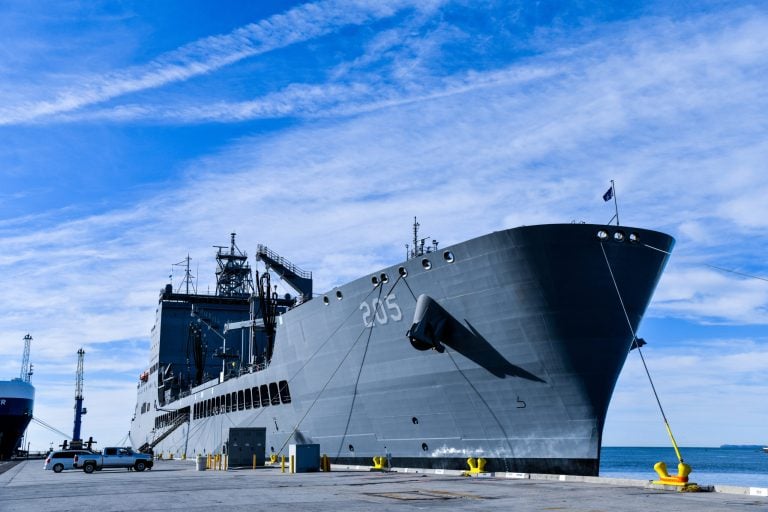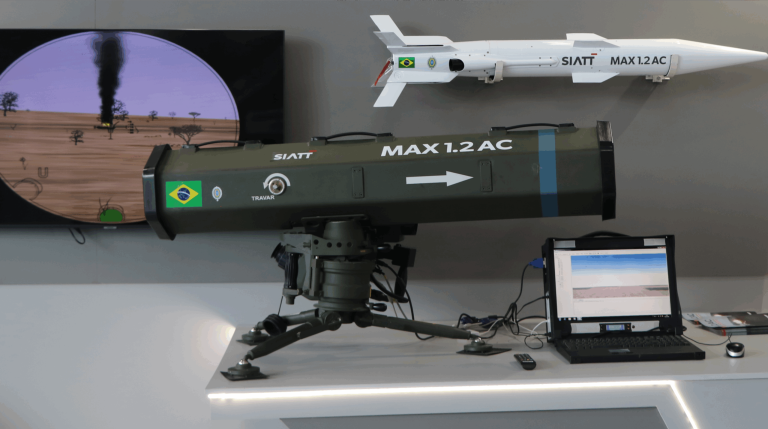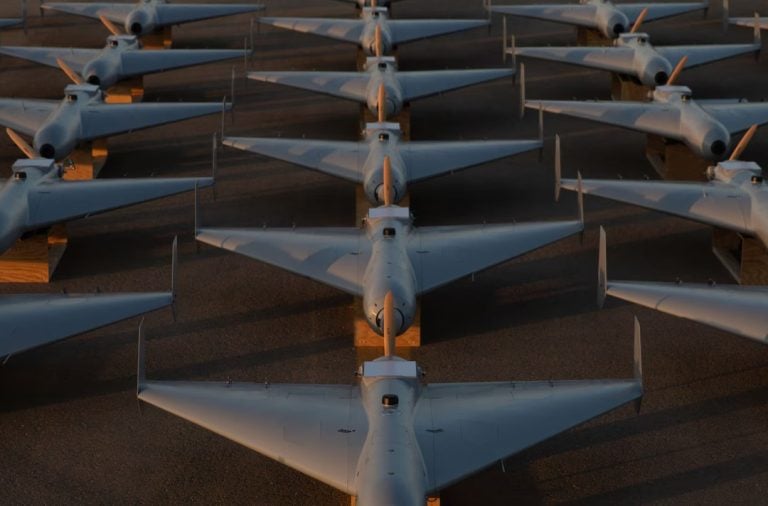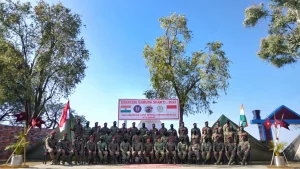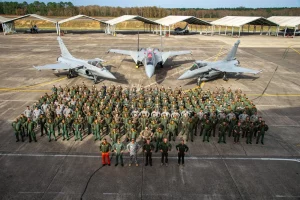In a significant advancement for national defense, Northrop Grumman, in collaboration with the US Air Force, has successfully completed the critical design review for the Sentinel Launch Support System (LSS). This digital command-and-control infrastructure is designed to support the development, testing, and operational launches of the LGM‑35A Sentinel intercontinental ballistic missile (ICBM).
The completion of this review marks a pivotal transition for the project, propelling it into the construction, testing, and qualification phase. Manufacturing efforts will take place at Northrop Grumman facilities located in Roy, Utah, with system installation set for Vandenberg Space Force Base in California.
Sarah Willoughby, Vice President and General Manager of Strategic Deterrent Systems at Northrop, emphasized the importance of the Sentinel program, stating, “By advancing the Sentinel program, we are addressing one of the nation’s most critical deterrence missions, providing resilient and dependable capabilities to safeguard our country’s future.”
The Sentinel program seeks to modernize the US land-based nuclear deterrent by replacing the aging Minuteman III missiles, which have served for more than five decades. This comprehensive upgrade involves the replacement of all major missile components, including three rocket motors, two interstages, the propulsion system, and the guidance system.
As the Sentinel program progresses, Northrop Grumman and the US Air Force have been diligently advancing through essential testing and qualification phases. Notably, in August, they completed the first qualification test of the stage-two solid rocket motor, which is crucial to the missile’s propulsion system. This test occurred inside a vacuum chamber at the Arnold Engineering Development Complex in Tennessee, where simulated flight conditions enabled an evaluation of the stage-two motor and its Thrust Vector Control system, which is responsible for managing the missile’s steering during powered flight.
Despite strides made in the program, anticipated delays have emerged, particularly due to extended lead times for the missile’s guidance computer components. Consequently, the first flight test of the Sentinel ICBM is now slated for February 2026, a shift from its original schedule in December 2023. This adjustment highlights the complexities involved in developing advanced military technologies amidst global supply chain challenges.
As the project unfolds, it is positioned to play a critical role in enhancing the US’s nuclear deterrence capabilities for the future.
